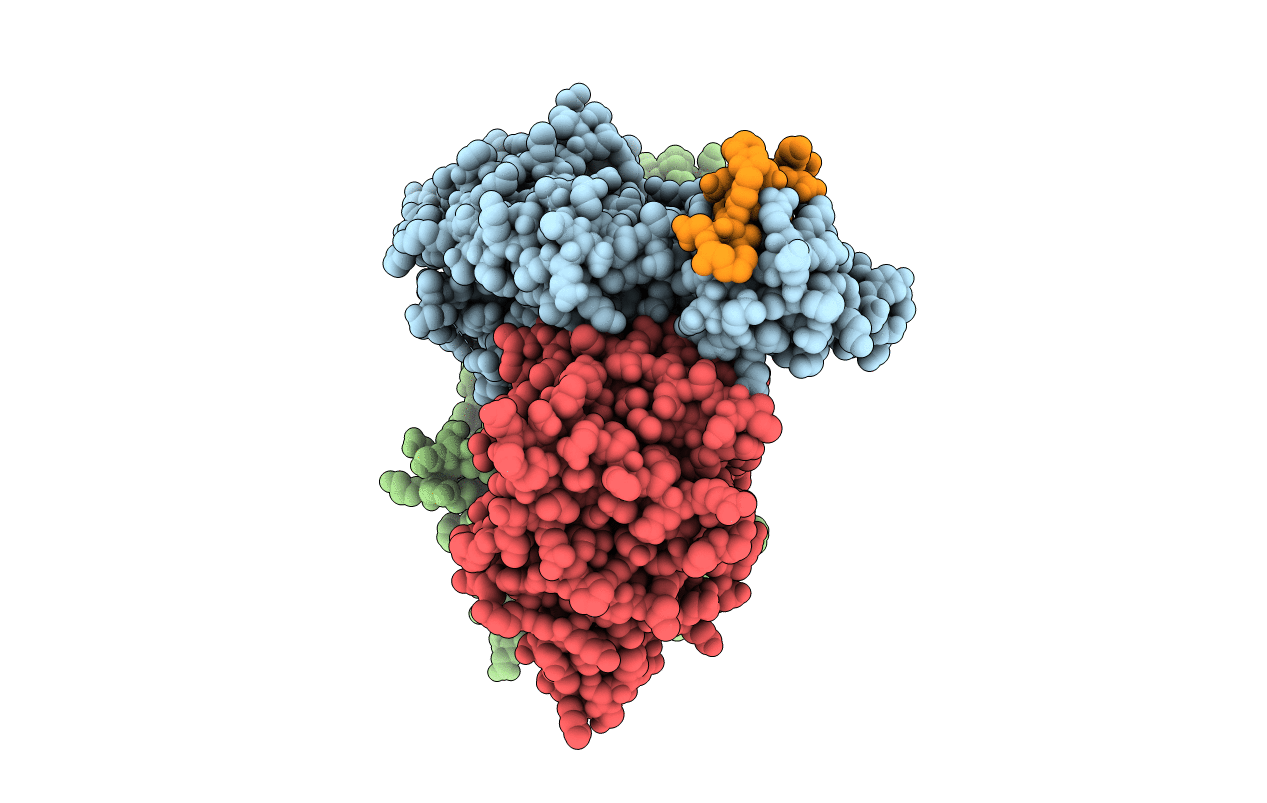
Deposition Date
2017-05-10
Release Date
2017-08-30
Last Version Date
2024-10-23
Entry Detail
PDB ID:
5NXQ
Keywords:
Title:
Crystal structure of the carboxy-terminal domain of yeast Ctf4 bound to a stapled Sld5 CIP
Biological Source:
Source Organism:
Saccharomyces cerevisiae (Taxon ID: 4932)
Host Organism:
Method Details:
Experimental Method:
Resolution:
2.41 Å
R-Value Free:
0.21
R-Value Work:
0.18
R-Value Observed:
0.18
Space Group:
P 2 21 21


